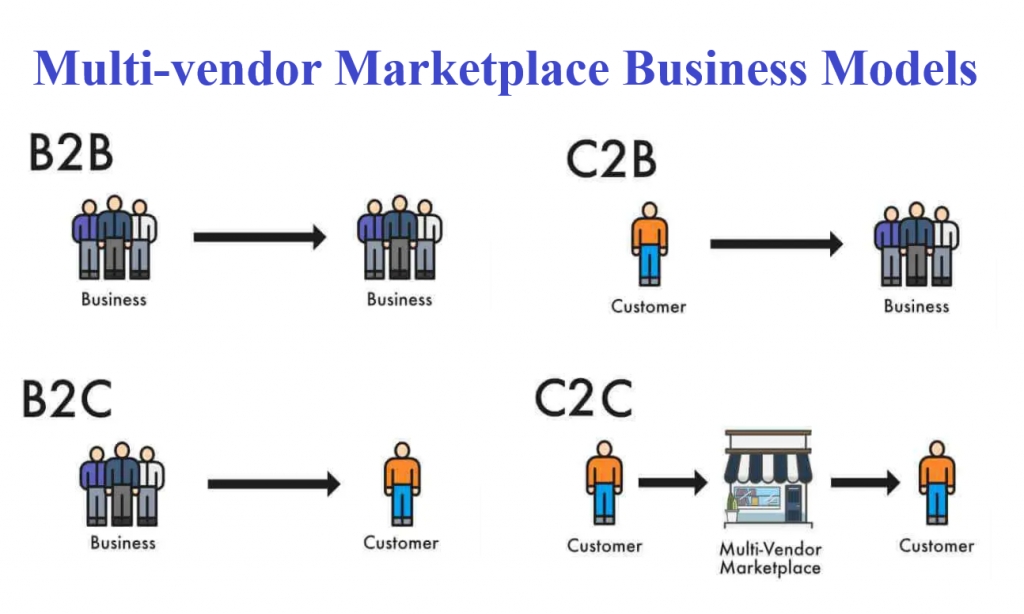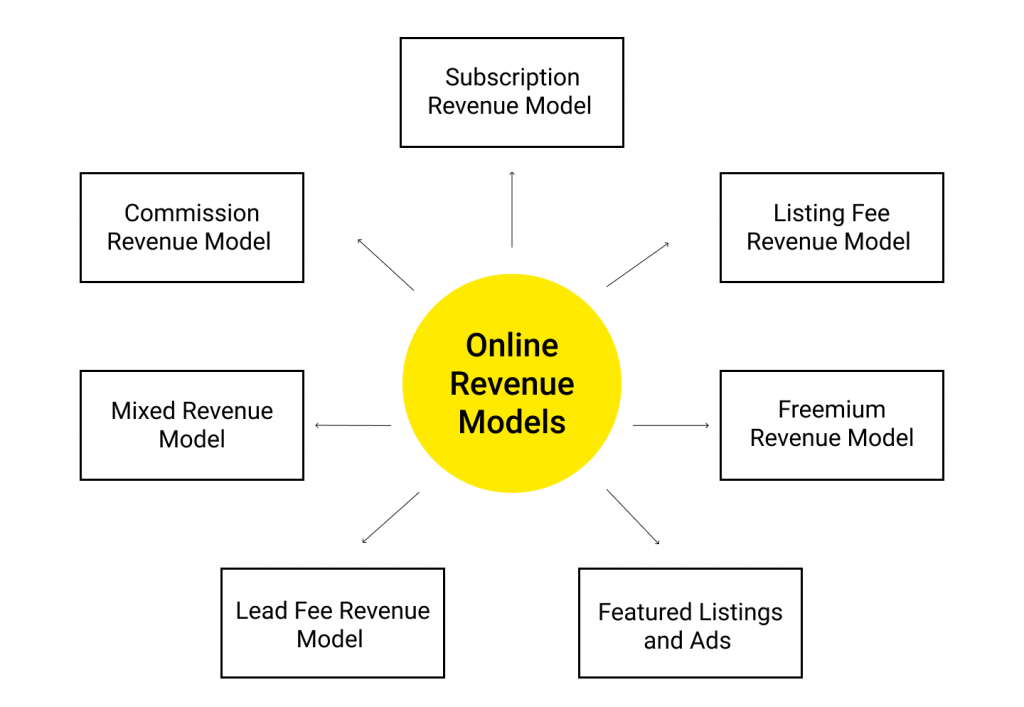Technology rules the world. In 2020 almost all the retailers had marked their foot print in online business. In recent days costume attitudes on online shopping have changed. They wanted to experience a supermarket from their home as it is comfortable and saves time and offers more choices. Customers don’t want to waste their time on looking at various sites for purchasing their desired products. The only solution for this is the Multi Vendor Marketplace platform which is also known as “one stop shop”. Some of the leading Multivendor marketplace platforms are Amazon, Flipkart, Ebay, Airbnb, Walmart and etc.
Are you aware of what a Multi Vendor Marketplace is?
A Multi-vendor marketplace is a platform that allows customers to buy products from various vendors. In this marketplace platform multiple vendors will have a separate marketplace account where they can add their products and display it on the website. Vendors can focus on their expertise. , Provide the most relevant products to the customers. Alternatively, the marketplace admin will be responsible for drawing customers, storing goods, processing logistics, and facilitating payments. The marketplace administrator won’t hold any stock yet helps the buyer and vendor encourage an exchange.
How does a Multi Vendor Marketplace operate?
In the multivendor Marketplace, the first seller wants to register in the marketplace for free or for a fee. Then they will add and showcase their products on the marketplace site. Customers can purchase products from selected sellers. The admin of the marketplace will charge some fee for each transaction. The Payment charged for each transaction will be transferred to the owner’s real-time account directly. The administrator and the vendor may manage the delivery of the products. In there is any defect in the product delivered or any other issue, the customer can contact directly on the online portal or to the vendor.
Step to build a multi-vendor marketplace website
Building a Multi-vendor marketplace is not simple as we think. Before starting Multivendor marketplace website you must be able to answer the following questions,
What is your customer and market need?
What is your revenue out of your marketplace?
What is your niche?
What types of products are you going to sell?
What is your market size?
Is it easy to sell your goods in the market?
How will you improve the user experience?
How will you manage your transactions?
Multivendor Marketplace Business Models
In a Multivendor marketplace both the vendor and the admin get benefited. The admin receives a commission for each sale, without worrying about inventory or shipping, and the seller does not have to worry about site maintenance or advertising components.

The multivendor marketplace platform has four business models
B2B- Here the vendor (business) sells his product or service to another vendor (business). Eg. Alibaba
B2C: Here the vendor (business) sells his product or service directly to the customer. Eg. Amazon, Flipkart,
C2B: Here the customer) sells his product or service to vendor (business). Eg. Google Adsense, Commission Junction, Amazon
C2C: In this multi-vendor marketplace customers sell their products to other customers. Eg. Ebay, Olx
Online multi-vendor marketplace Revenue Model
Establishing a Online multi-vendor marketplace website without a revenue model is not the right way to succeed in your business. There are various business models in the marketplace platform let’s analyze it.

Commission
It is the most popular revenue model in which the owner of the marketplace will get a commission on every single sale made by the vendor. The payment made by the customer is processed by the marketplace owner and receives a percentage of the amount as commission from the vendor.
Subscription fee
Subscription fee revenue model the users are charged some amount either monthly or yearly to use the marketplace. This revenue model pays greater attention to its regular customers and keeps them.
Listing fee
Listing fee revenue models will charge a fee for all the products or ads that are placed on their websites. This type of marketplace business model is mostly used for classified ads.
Lead fee
In this revenue model customers can submit requests on the marketplace platform, and the client who can provide customer service requests will pay for each lead to the marketplace and trade as requested.
Freemium
Freemium revenue model provides both free and premium features to the customer. At the beginning the marketplace will be free to use for the customer but to get premium features the customer has to pay and use it.
Benefits of a Multivendor marketplace Website
- The vendor doesn’t bother about maintaining the website. They can add their product directly and quickly. Here the traffic is readymade so that they focus on product sales and earn profits.
- No website setup & managing cost.
- Customers get a large number of options on product categories.
- In a multi-vendor marketplace it is quite easy to expand your business fast. A new product can be launched quickly to the marketplace and also you can find more customers.
- Marketplace owner will not manage the inventory on the platform. So that we don’t have to incur on inventory loss or invest funds on product stocking.
- In multivendor marketplace, many vendors offer a wide variety of products that are recognized by the marketplace brand names.
And much more…
Must have features of a Multivendor marketplace Website
- Prior to launching your ecommerce marketplace website you must know about the core features of your marketplace website. Here are the significant features of your online marketplace website,
- Your marketplace website must be Mobile optimized which will be easy for the customers to reach your marketplace.
- Website loading speed must be high. When the loading speed is low the customer will bounce back and it will affect your site traffic.
- The checkout and ordering process must be easy, simple and less time consuming.
- Seller’s reviews and ratings section must be provided to enhance your product.
- Providing Coupon codes and rewards points will boost your sales.
- Your marketplace website must have a proper Product import/export, product features option, Fast search functionality.
- Vendors must be provided with Separate vendor board, Customer-to-vendor communication Push notification and etc.
How to Start Your Marketplace?
Multivendor marketplace Website can be developed from scratch or you can buy readymade software. Working without any preparation is tedious and can cost you a huge number of bucks. So it is quite easy to kick start your website with ready-made software. Thus, you should simply discover some top ecommerce builders to address your issues like Zielcommerce, yokart, woocommerce.
By this time you will be clear on how to build a multi vendor ecommerce website. Building a significant marketplace websitewith all the bells and whistles would take much more time, effort and investment. Stay one step ahead of competitors and take your own business around the world.


